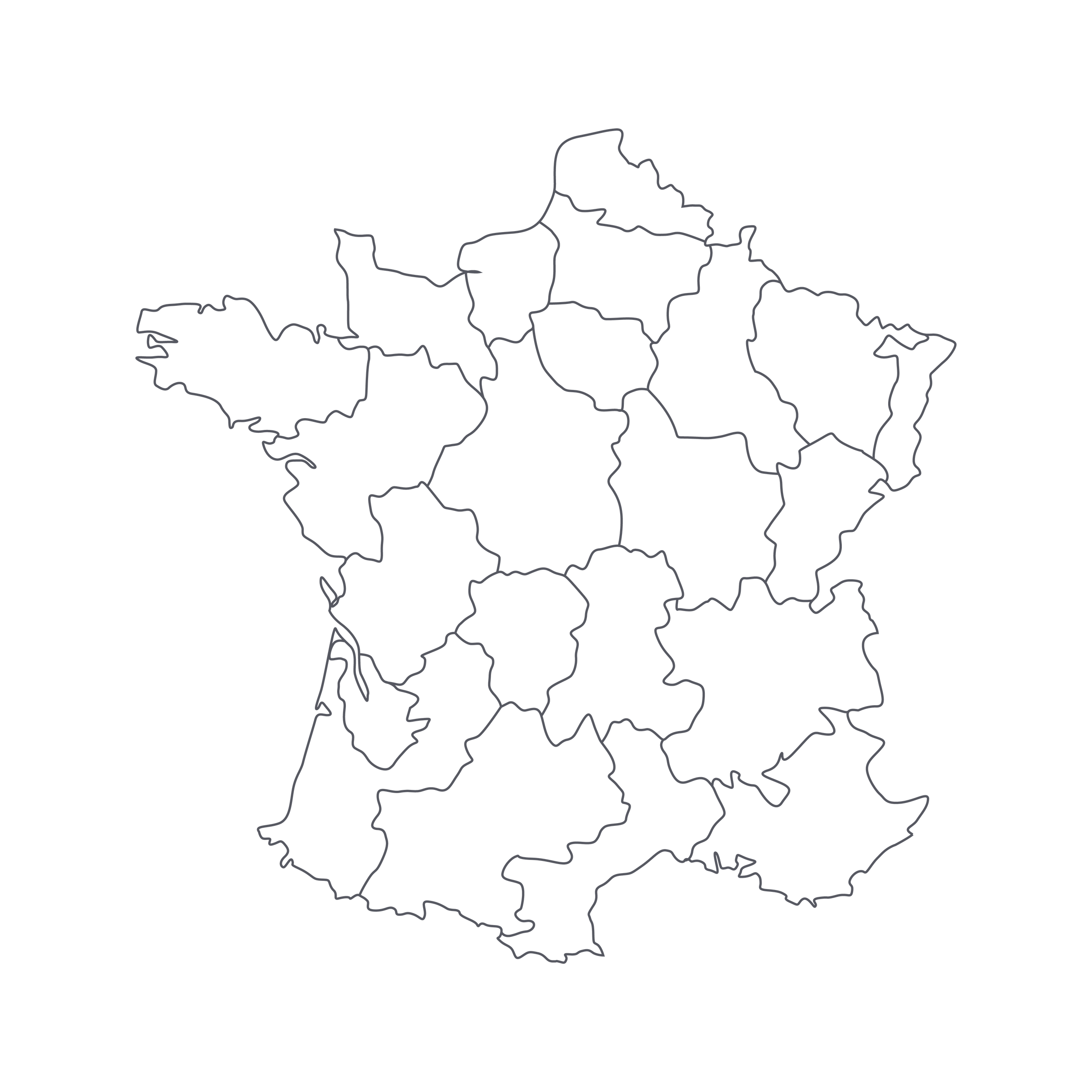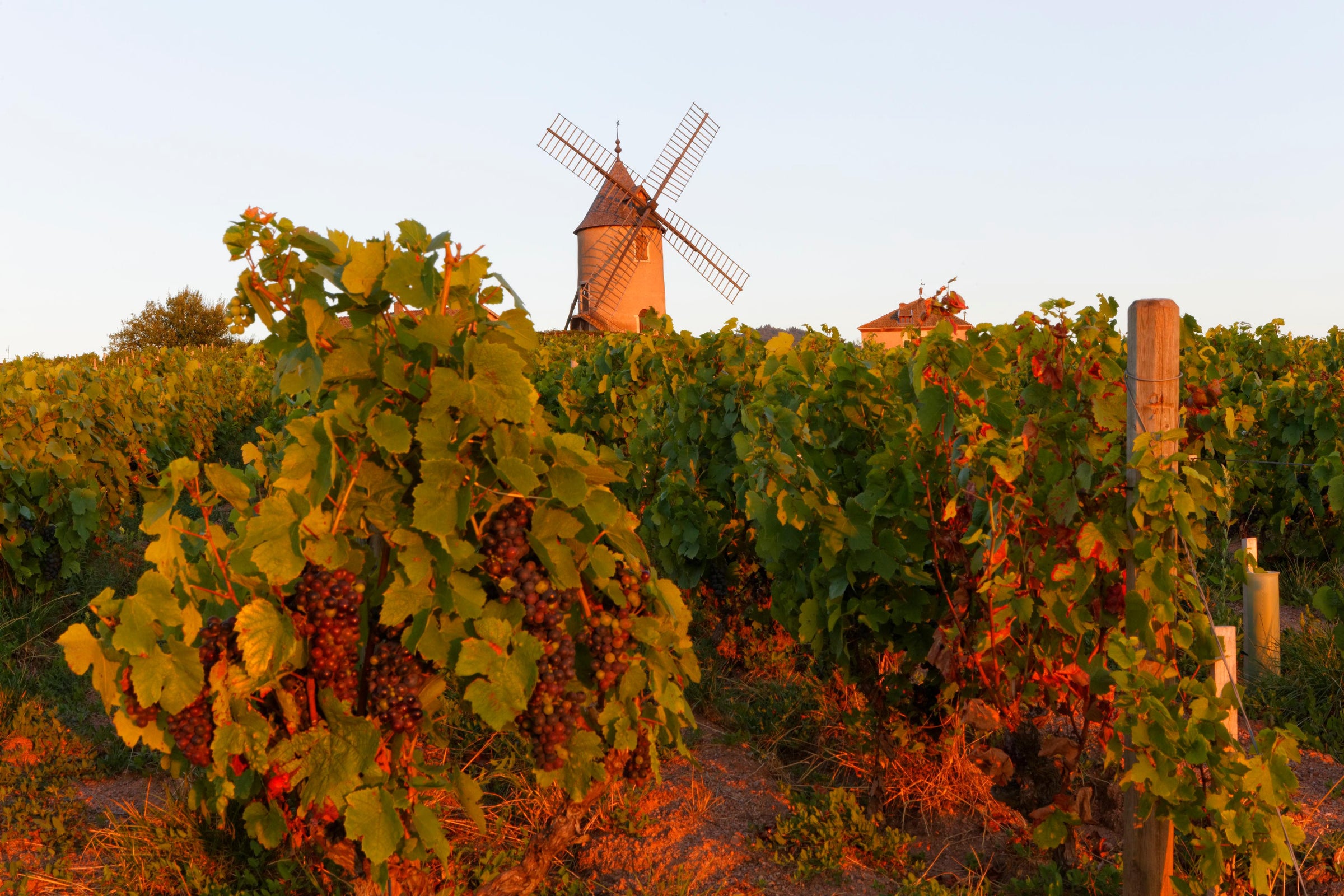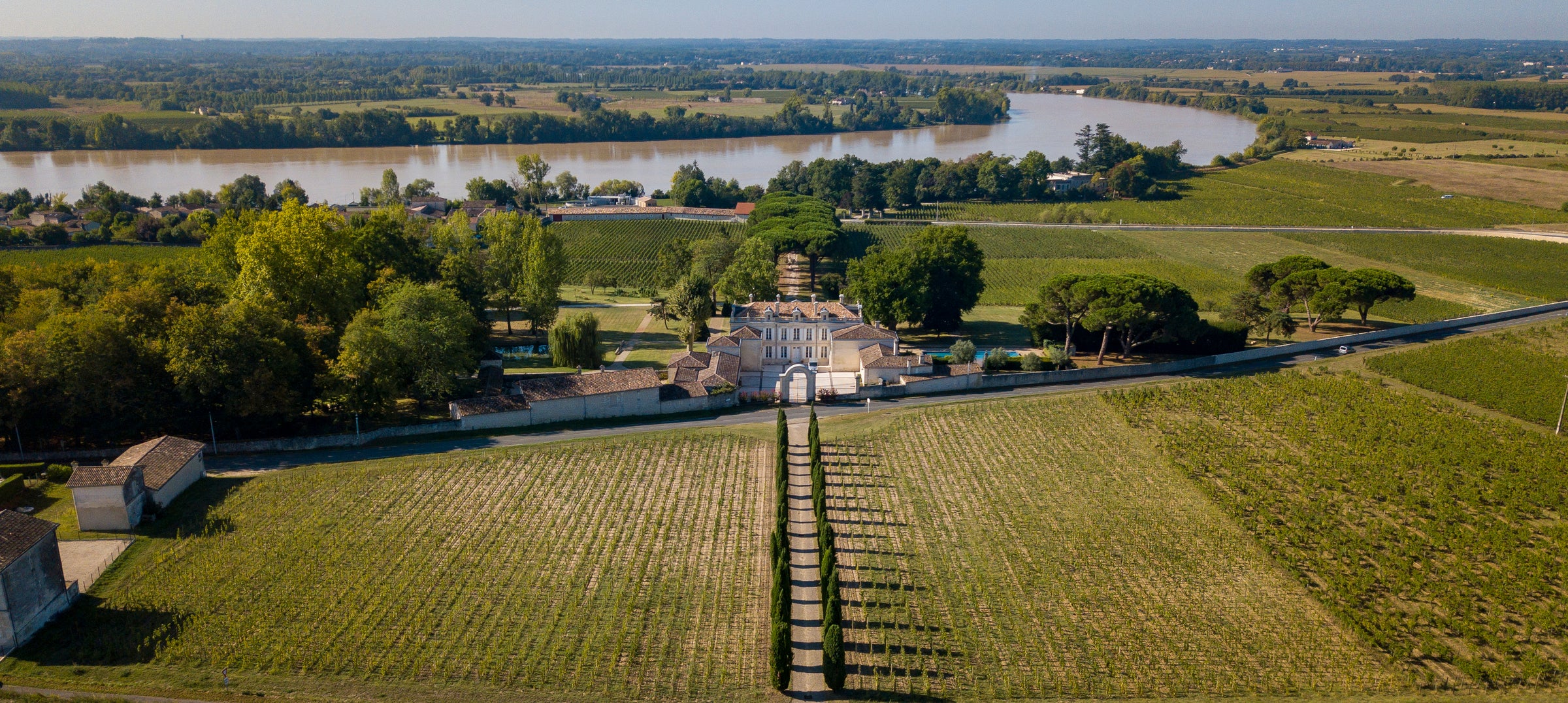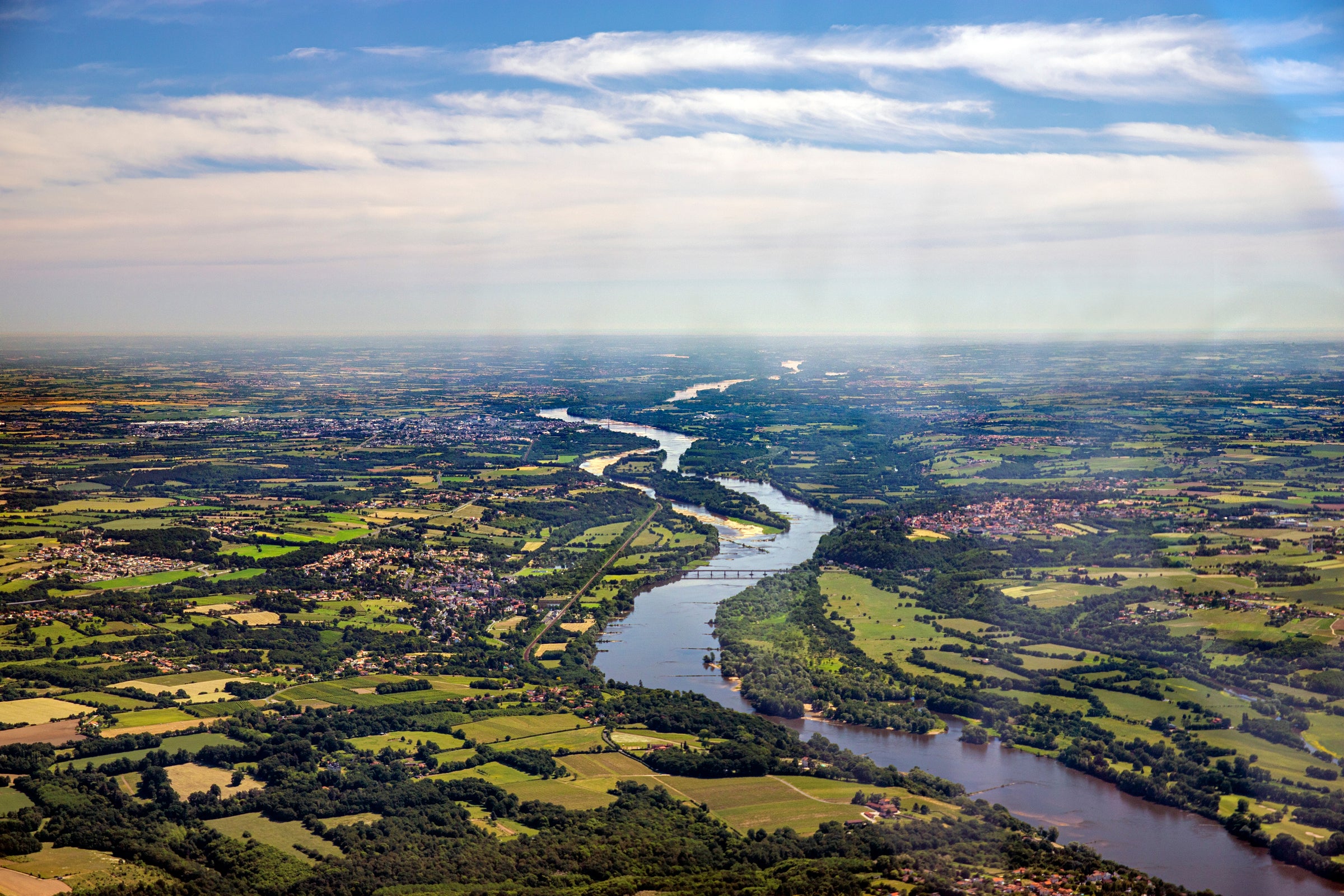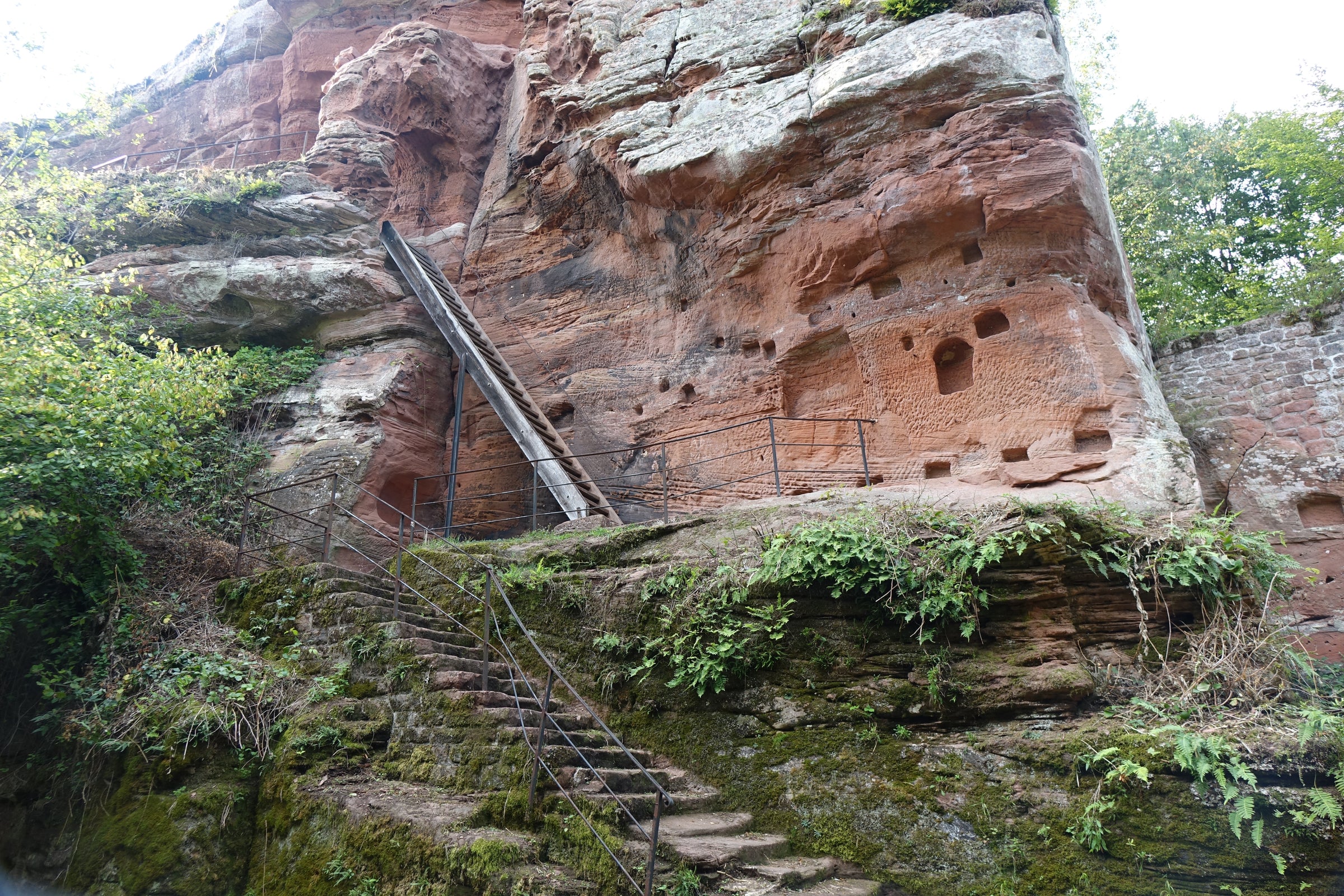Truthfully, there’s nothing new to say about Château d’Yquem. That’s not a failing on our part, it’s just that Yquem is the single most praised, coveted, and treasured sweet wine on the planet. It’s a wine that entire books have been written about, and it earns every descriptor you could throw at a blue-chip bottle. Iconic? Check. Luxurious in both price and taste? Certainly. Age-worthy? Maybe the longest-lived wine in the world.
Accordingly, the lion’s share of every release seems to immediately disappear into the cellars of the world’s top restaurants, retailers, and collectors. Today, though, we have special access to a small tranche of Yquem’s 2013, in half bottles. At eight years of age, this has just barely entered its drinking window and will age for decades and decades yet. If you, like so many wine lovers, have never gotten the chance to try this legendary nectar, here it is. But act fast—our last Yquem offer was four years ago, and who knows if we’ll ever offer one again! No more than two half-bottles per person.
Sauternes is the premier sweet wine appellation in Bordeaux, and Yquem, with its early 18th-century origins, is widely acknowledged as its greatest producer—it’s also the only château that holds a Premier Cru Supérieur title. Situated at the highest elevation in the appellation, its 100 hectares of vineyards are perfectly suited for producing botrytis-”infected” berries. Botrytis is, of course, the distinguishing feature of Sauternes. This so-called “noble rot” withers the grapes and concentrates their sugars. It needs humid, but not wet, conditions and so Yquem’s elevation ensures healthy botrytis growth year after year. The vineyard work here is mind-bogglingly intensive, with teams of over 20 pickers moving through each parcel six times and literally selecting the best individual berries. And in 2013, only 40% of the vineyard production made it into the final wine!
The vineyards are planted to 80% Sémillon and 20% Sauvignon Blanc, on a mixture of clay, sand, and gravel over limestone. The extremely high-sugar juice is fermented in 100% new French oak barrels, and fermentations are stopped with temperature control when the correct balance of sugar and acidity is reached. This is part of what sets Yquem apart: despite its high level of residual sugar—the main reason it can age seemingly forever—there is always a perfect balance, a sense of genuine freshness and verve that keeps it from ever being cloying. In truth, it’s wrong to think of Yquem as strictly a “dessert” wine. Certainly, it’s sweet and right at home at the end of a meal. But the heady combination of richness, sweetness, and acidity, and its kaleidoscopic array of aromas and flavors, make it an incredible pairing with savory food as well. In fact, Yquem was historically served as an aperitif, not a digestif.
It’s honestly difficult to put the experience of Yquem into words. It pours a deep golden, almost orange color and is visibly viscous in the glass. The nose alone is worth the price of entry: fresh yellow peach, dried apricot, candied lemon, orange marmalade, quince paste, ginger, citrus blossom honey, vanilla, caramel, saffron, brioche, and cinnamon leap out. 2013 is an especially fresh vintage of Yquem, and though the palate is dense and honeyed, the brisk acid slices through 140 grams of residual sugar like a breeze. I’d strongly recommend leaving one of your bottles alone for as long as you can—it'll last decades—but do feel free to enjoy the hedonistic pleasures of the other now while serving at 55-60 degrees in Bordeaux stems (not any diminutive sweet wine glasses). No doubt a bottle of Yquem is a rare indulgence, so I like to match it with something equally so, such as seared foie gras. And to stress it further: grab one fast as you can because we don’t have much and won’t have it again any time soon!
